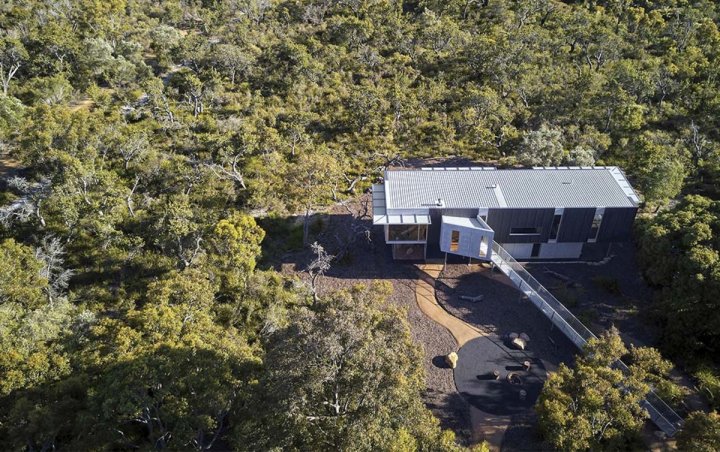Embodied Carbon

The embodied carbon of materials is gaining increasing attention and there is a growing preference for steel products with lower levels of embodied carbon.
BlueScope transparently reports embodied carbon for a number of our key products via Environmental Product Declarations. A description of our decarbonisation pathway and activities are available on our BlueScope corporate website.
Steel is one the most recycled materials in the world, with the inherent value of scrap driving its recovery. In Australia, this is evidenced by a recycling rate for metals of 90%.1 The recyclability of steel is enabled by its magnetic properties, which mean that it can be easily separated for recycling and is less likely to end up in landfill.
While specifying high levels of recycled content can be an effective way of minimising the embodied carbon of many materials, especially those likely to be disposed of at end of life, recycled content is not necessarily a useful metric for steel. This is because despite being one of the most recycled materials in the world, there is not enough steel scrap available to meet the growing global demand for steel.2
Specification of ‘secondary’ steel or steel products with higher levels of recycled content, is unlikely to cause more steel to be recycled. Rather, doing so may shift the environmental burden around the value chain, and in fact increase the burden, as scrap and the final product may be transported around the globe unnecessarily.
While global demand for scrap continues to outstrip supply, the development and deployment of new low GHG emissions technologies for ‘primary’ steel production (using raw material inputs such as iron ore and metallurgical coal) while increasing the role of ‘secondary’ steelmaking (principally using scrap steel), will be key.
Embodied carbon and climate transition in a hard-to-abate sector
There is growing recognition from research and standard setting organisations that the percentage of recycled content in steel is not a good proxy for climate transition for the steel sector.
BlueScope is a participant in the Expert Advisory Group convened by the Science Based Targets Initiative (SBTi) for the development of science-based target setting methodologies, tools and guidance in the steel sector to help meet the 1.5°C goal of the Paris Agreement. New methodologies, tools and guidance are being developed to enable steel companies to set targets that align with science-based decarbonisation pathways and consider the unique context of the sector.
BlueScope has played an important role in the formation of initiatives such as ResponsibleSteel™, and as a participant in the Expert Advisory Group convened by the SBTi for the development of science-based target setting methodologies, tools and guidance in the steel sector.
The SBTi initiative builds on the work of the Net Zero Steel Pathway Methodology Project (NSZPMP), which developed recommendations to identify and recognise low carbon emissions steelmaking, irrespective of the proportion of scrap or iron ore used as the primary input material. This approach would enable users to identify and reward reductions in embodied carbon and efficiencies in manufacturing practices for the steel sector, rather than simply identifying products that use more or less scrap steel, creating the basis for downstream users of steel to contribute to the achievement of the Paris Agreement through their steel specifying and purchasing decisions, and to recognise responsible steelmakers for their own commitment.